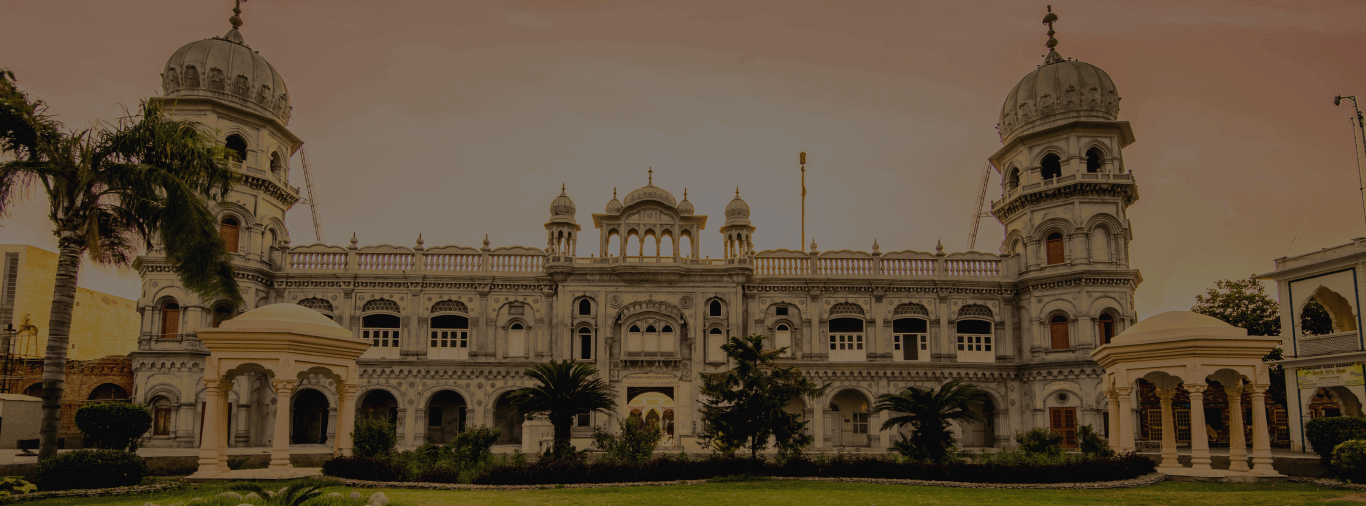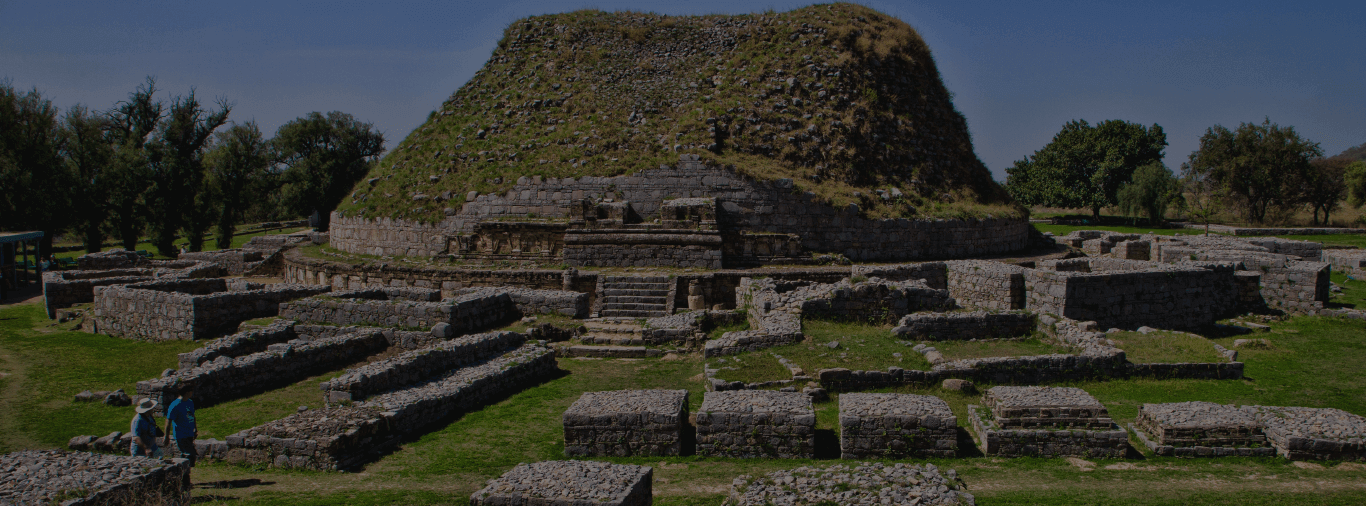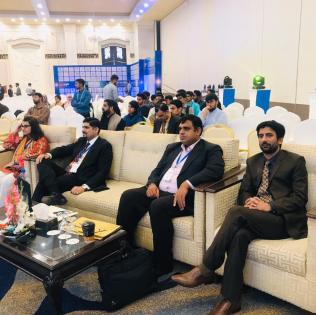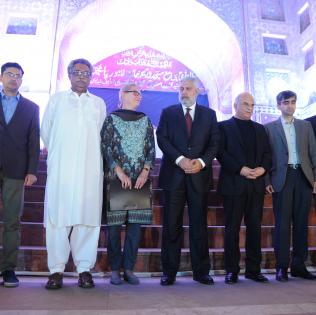Khawaja Ghulam Farid was a 19th-century Saraiki Sufi poet of the Indian subcontinent, polyglot, scholar and writer. The 20th century saw development of an entire branch of literary studies on the life and work of Ghulam Farid, named faridiyat. Today, many religious and educational institutions in Pakistan are named after him.
- To support the Government of Punjab in drafting and implementing a tourism policy supported by comprehensive institutional reforms for effective implementation framework.
- Develop tourism sectors assets, institutions and infrastructure to increase tourist volume.
- Leverage private sector’s potential to create new economic opportunities for job creation, revenue generation, innovation, entrepreneurship and production efficiency increase.
Project Sites
- Ghulam Farid, Mithankot
- Uch Shariff
- Stupa at Toap Mankiala
- Gurdwara Rori Sahib
- Katas Raj
- Gurdwara Darbar Sahib
- Gurdwara Sucha Sauda
- Gurdwara Nankana Sahib
Uch Sharif
The Tomb of Bibi Jawindi is one of the five monuments in Uch Sharif that are on the tentative list of the UNESCO World Heritage Sites.Dating to the 15th century, the shrine was built in 1493 by an Iranian prince, Dilshad, for Bibi Jawindi, who was the great-granddaughter of Jahaniyan Jahangasht, a famous Sufi saint.
Stupa at Toap Mankila
The Mankiala Stupa, a 2nd century Buddhist Stupa dates back to the Gandhara period. The stupa was built to commemorate the spot, where according to the Jataka tales, an incarceration of Buddha sacrificed himself to feed seven hungry tiger cubs. Later, a Stupa was built there as a memorial. The mound type shape of the Stupa is a sacred sign in Buddhism depicting seven heavens, seven skies, seven earths, seven skin.
Gurdwara Rori Sahib
Gurdwara Rori Sahib is the sacred shrine where, according to tradition, Guru Nanak, after the destruction of the town, had stayed with Bhai Lalo.Here the Guru had to sit and lie on a hard bed of pebbles (small stones).When the armies of Babar entered Punjab in 1521, Guru Nanak Dev was present in Eminabad where he was arrested while busy in prayers. The Gurdwara stands at the place of the pebbles.
Katas Raj
Katas Raj temple is a Hindu temple complex connecting several Hindu temples. The temple is dedicated to Lord Shiva and has existed since the days of Mahabharata. The temples' pond are said to have been created from the teardrops of Shiva, after he wandered the Earth inconsolable after the death of his wife Sati.The site is of immense importance to Hindus and is under consideration to be classified as a World Heritage Site by the Government of Pakistan.
Gurdwara Darbar Sahib
Gurdwara Darbar Sahib was built to commemorate the site where Guru Nanak, the founder of Sikhism, settled after his missionary work.He assembled a Sikh community there, and lived for 18 years until his death in 1522. The gurdwara is built where Guru Nanak is said to have died.
Gurdwara Sacha Sauda
The story behind the existence is linked to Baba Guru Nanak. During a journey, Guru Sahib came across some hungry Sadhus. He invested his resources to establish a Langar for the poor and needy. He believed that no bargain could be more profitable than to feed and clothe the needy. At the place where this true bargain took place, Gurdwara Sacha Sauda Sahib is built.
Gurdwara Janam Asthan
Gurdwara Janam Asthan in Nankana Sahib was built at the site where the founder of Sikhism, Guru Nanak, was believed to be born. It is one of the holiest site for the Sikhs.It forms part of an ensemble of nine important gurdwaras in Nankana Sahib.It is listed on the Protected Heritage Monuments by the Archaeology Department of Punjab.








